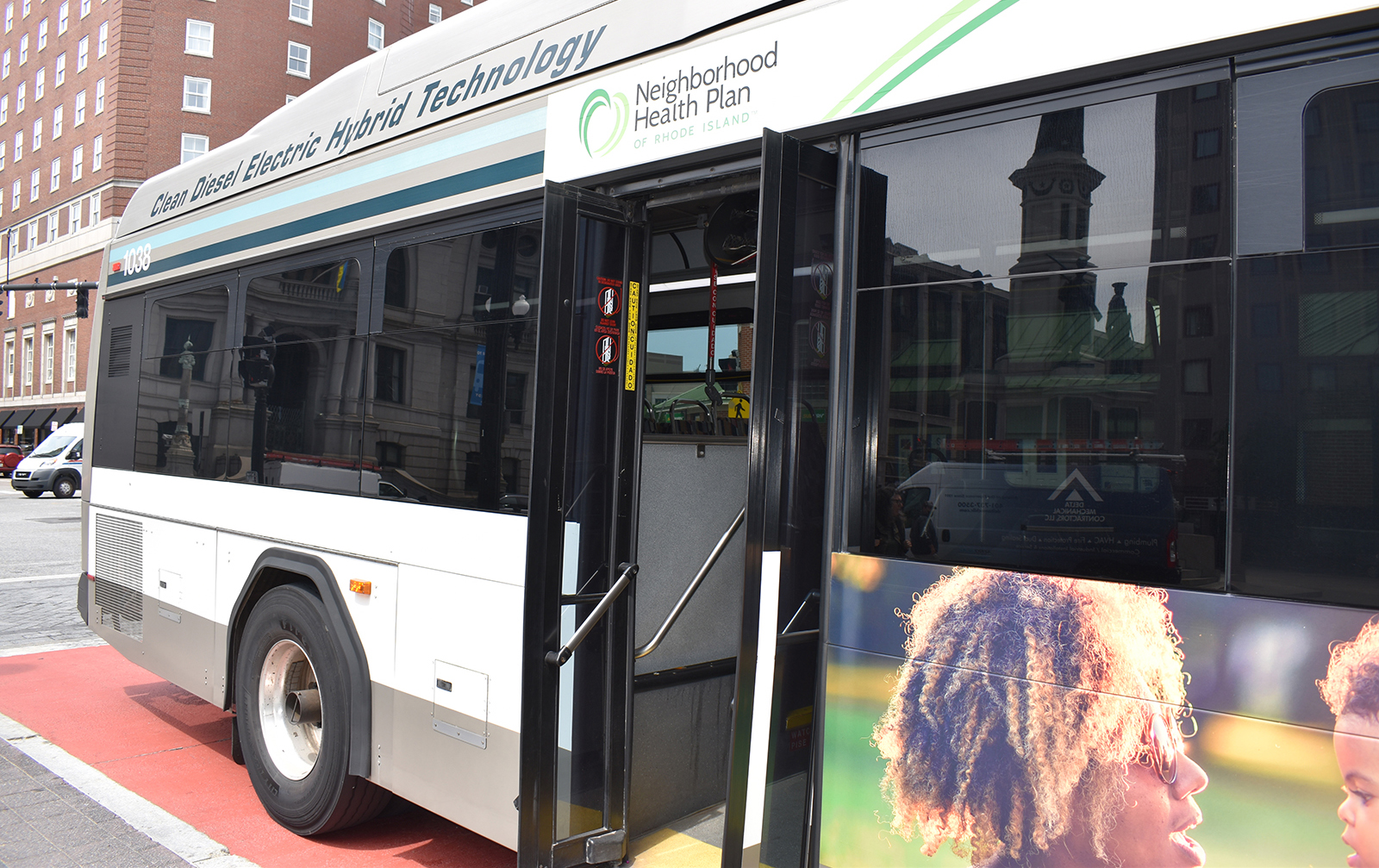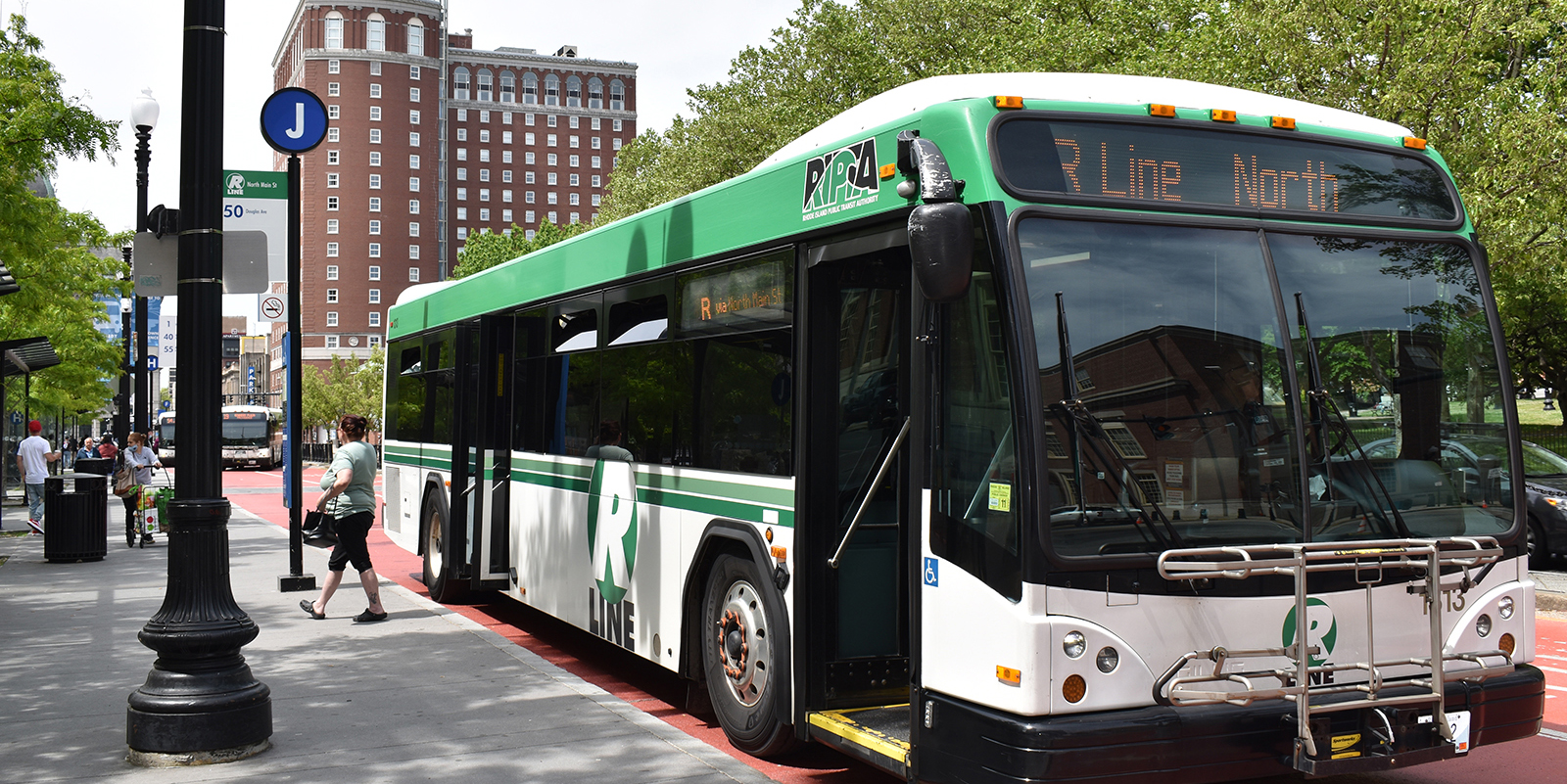East Bay Bike Path has Made Community Connections
Opponents used German shepherds, cars, and fearmongering in attempt to block construction of popular trail
December 20, 2020
“These days it’s hard to find someone who thinks creating the East Bay Bike Path was a foolish idea.” So begins a Providence Journal article written in 1999 by Sam Nitz, which chronicled the bike path’s beginnings and eventual completion.
The same could be said in 2020, a year when a pandemic forced people to get creative with their time. They took to the outdoors when the weather turned warm, with many dragging a set of wheels to a Rhode Island bike path that runs from Providence to Bristol.
I cruised along this path myself, dodging hand-holding couples, bold squirrels, and the occasional toddling roller-skater.
While looking at the path today might give the impression that it was a beloved idea all along, as Nitz noted in his article, “the path’s beginnings in the early 1980s were fraught with controversy and rancorous political debate.”
The 14.5-mile stretch of asphalt was hardly a shoo-in. In fact, it was met with raucous opposition, German shepherds, and even a letter to a high-level staffer of President Reagan begging for federal intervention.
But we’re getting ahead of ourselves.
The story of the East Bay Bike Path starts with an old stretch of railroad that connected Providence to Bristol, with stops in Riverside and Warren and a connecting line that went to Fall River, Mass. It was a handsome railway, with postcards and old photos depicting almost modern-looking platforms and stations — one particular image of the rail near the future Squantum Association, a private club in East Providence, could be from the 2000s.
But as automobiles began to capture the American spirit, the railway slowly faded into disuse and the passenger line ended in 1938. In 1976, the state of Rhode Island acquired the right of way for the old Penn Central line, the section that ran from East Providence to Bristol.
It would also be automobiles that would inspire Bristol state representative Thomas Byrnes Jr., in the late 1970s, to lead the charge to create a bike path on the old Penn Central line.
“When I started at the Statehouse in ’78, the oil shortage was … tough,” said Byrnes in a 2002 interview with his daughter Judith. “People were driving bombers around and they were having a hard time keeping their cars filled with gas. So, they were talking about looking into alternative means of transportation to cut our use of oil.”
And one idea that came up: bicycles.
In the ’70s, the United States experienced a bicycle boom, with some 64 million Americans using bicycles regularly. A 1971 article in Time noted that America was having “the bicycles biggest wave of popularity in its 154-year history.”
So, at the time when Byrnes started thinking about alternative methods of transportation, bicycles were everywhere, and other states such as Maryland were starting to investigate turning old railways into bike trails.
In March 1980, Byrnes and Matthew Smith, who was the Rhode Island speaker of the House at the time, wrote a joint bill that called for a study of bicycling as an alternative form of transportation and as an energy saver. The idea of the East Bay Bike Path was born.
What happened next was years of pushing through heated resistance.
“There was a lot of opposition, a lot of opposition,” said Robert Weygand, who was the chairman of the East Providence Planning Board in the early ’80s, and who later went on to be a U.S. congressman and Rhode Island lieutenant governor. “In every community there were people that came out opposed to it.”
Weygand became involved in the project through his work on the East Providence Planning Board and later as part of a group called Friends of the Bike Path. He saw its creation as a way to help restore East Providence’s once-rich history of activities and attractions along the water.
“We heard about what Tom [Byrnes] had been proposing for a bicycle trail along the railroad tracks … and we were in East Providence, which had a long history of having amusement parks and various venues along the railroad tracks,” Weygand said. “So we were interested in trying to reinvigorate the idea of having activities along the waterfront, which had been abandoned for a very, very long time.”
The wheels were now set in motion, and in 1982, Gov. J. Joseph Garrahy and the Rhode Island Department of Transportation (DOT), which was then led by Edward Wood, who passed away this year, threw their support behind the project and hired an engineering firm to research feasibility and design.
“The biggest thing that really helped us along the way was governor Joe Garrahy … he really embraced it,” Weygand said. “And also, there was a fella that was the head of the Department of Transportation, Ed Wood.”
But though Wood and Garrahy supported the project, many in their own circles were firmly against it.
“Even Wood at DOT ran into opposition by his own staff,” Weygand said. “They wanted to preserve the East Bay railroad track system … potentially for freight traffic and rail traffic … so his own staff was fighting him because they thought, if we give up the railroad tracks, we’ll never get them back.”
Meanwhile, Byrnes, Weygand, a man named George Redman — you’ll find his name and portrait on the section of the bike path that crosses Interstate 195’s Washington Bridge — and a group of others were busy fighting their own battle on the ground to win the people of the five municipalities over on the idea.
“We constantly met, talked about different opportunities, did public hearings and meetings … and we’d get together periodically to share war stories about what was going on,” said Weygand, with a chuckle. “There was some real opposition. We had a public hearing in 1983 at the Barrington YMCA, and people were yelling and screaming and swearing at us, saying that all the criminals from Providence would use this bike path to come down and steal things from their homes. It was terrible.”
One vivid memory Weygand has of the resistance was when he helped organize a walk of the proposed area to give people a feel for what it could be like.
“One of the things that happened that day that we had this walk was, we had about 50 or so people go along the path … and in notifying all of the abutting owners, one of the owners was Squantum Club,” Weygand recalled. “We had invited them to join us along the way, and when we got to the Squantum Club, the manager was there with German shepherds and cars to prevent us from passing anywhere near their property.”
James W. Nugent, who was a member of the Squantum Association at the time, even went as far as to write a letter to James A. Baker III, a friend of his who was the chief of staff and assistant to President Reagan.
“At a time when the nation is looking for ways to cut expenditures and increase income, I thought it appropriate to call to your attention an expenditure that to me, and to many residents of Rhode Island, seems almost frivolous,” Nugent’s letter reads. “When there is publicity about people going hungry and dangerous federal deficits, the logic of expanding over $1 million on a bicycle path escapes me — especially when so many people along the route of the path object strongly to it. They fear increased vandalism and housebreaks from the transient traffic when their properties become more easily accessible.”
Nugent goes on to ask Baker to sway the federal government to withhold funds for the project.
Though opposition was strong, there were supporters who should not be discounted. One of them was Barry Schiller, who was the on the transportation committee of the environmental group Ecology Action.
In a 1984 letter to Wood, Schiller wrote, “This should be an ideal bikeway, scenic, safe and relatively flat that will become the pride of the East Bay.”
Schiller’s words were prophetic in some ways. Instead of being a so-called crime highway, the East Bay Bike Path has become a place where friends and families gather and exercise. Instead of negatively affecting home values, living near the bike path is considered an asset. It’s also inspired other Rhode Island municipalities to build their own bike paths; there are eight today, according to DOT.
In the end, the proponents won out, and on May 22, 1986 ground was broken at Riverside Square, and the East Bay Bike Path became a reality.
“It seems like a long time ago, but it really wasn’t,” Weygand said. “It was absolutely wonderful, breaking ground and seeing it constructed.”
Construction took place from 1987-92, and today when Rhode Islanders cruise by on its blacktop, many are likely unaware of all it took for it to get done. But those who were there, those who helped push it through, they remember.
“Every time I ride the East Bay Bike Path, it gives me the inspiration to keep going, because I knew it took persistence in the face of strong opposition to get it done,” Schiller said. “It’s a lesson for all of us to not give up.”




When I first moved to RI in the late 1990’s I was given a tour of the East Bay by one of the movers and shakers who helped make the bike path a reality, George Redmond. We need about 10 more of them in the state so we can start to eliminate our dependence on the automobile and help keep the planet livable.